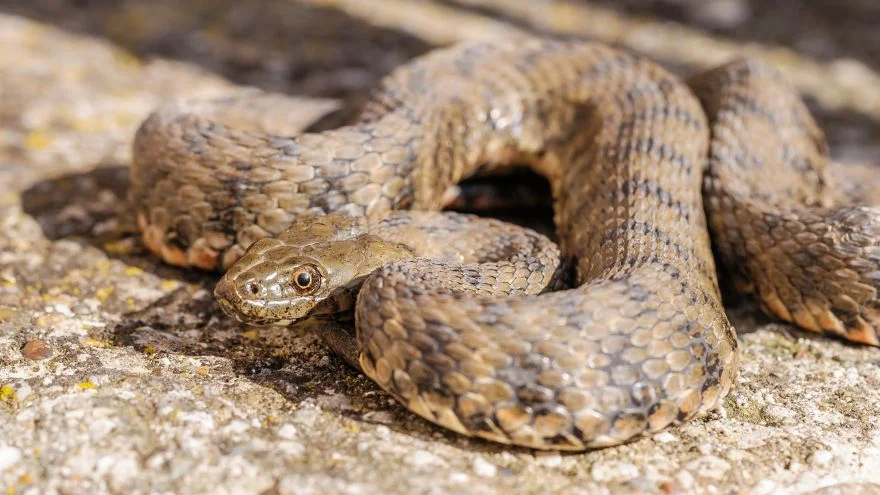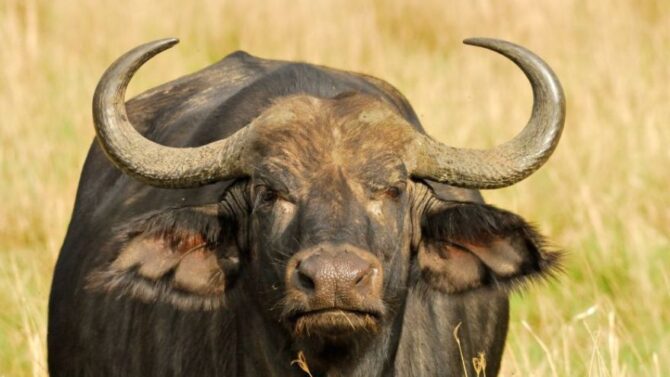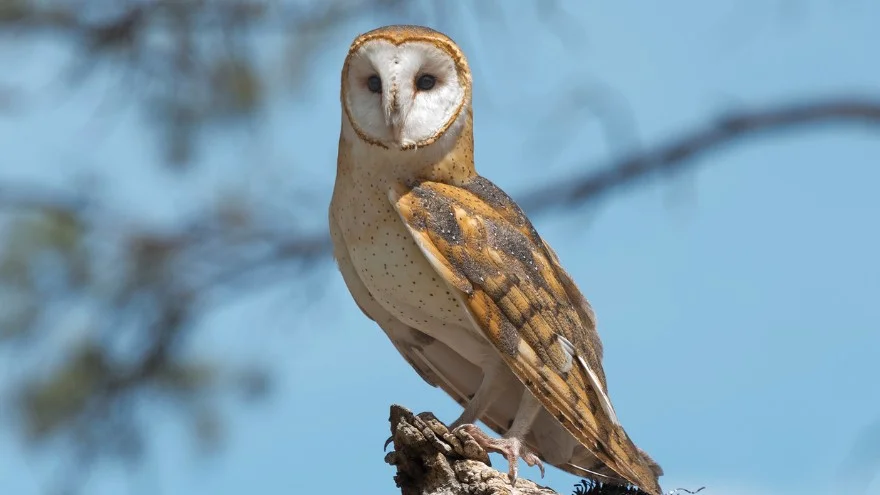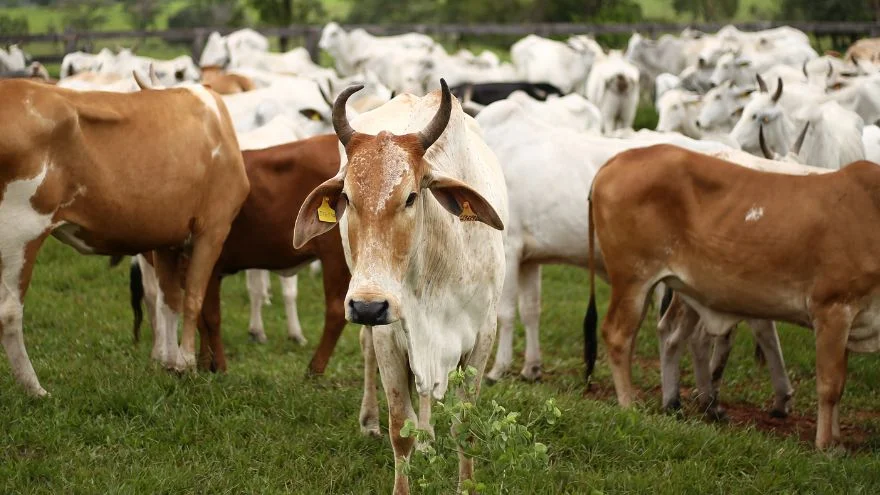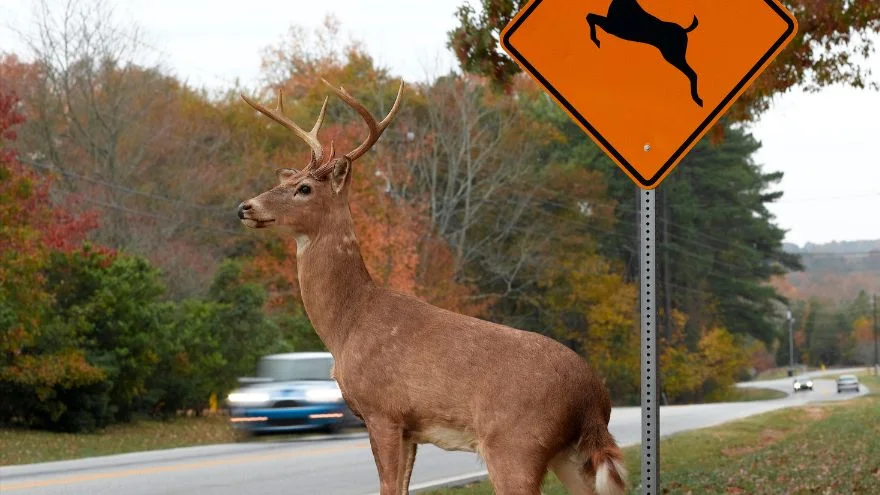Some of the most dangerous animals in Germany are deadly when they come in contact with humans. These animals include venomous snakes, poisonous toads, spiders, boars, and more.
If you’ve never visited Germany, you may not associate this European country with animals.
However, Germany has flourishing wildlife with an environment that can appeal to nature enthusiasts.
The forests, rivers, and the alps make up a big part of Germany. However, with the flourishing wildlife, there comes a warning.
This article will provide a walk-through of the most dangerous animals that live in Germany you should avoid and a guide to navigating the wildlife safely.
What are the Most Dangerous Animals in Germany
1. Fire Salamander
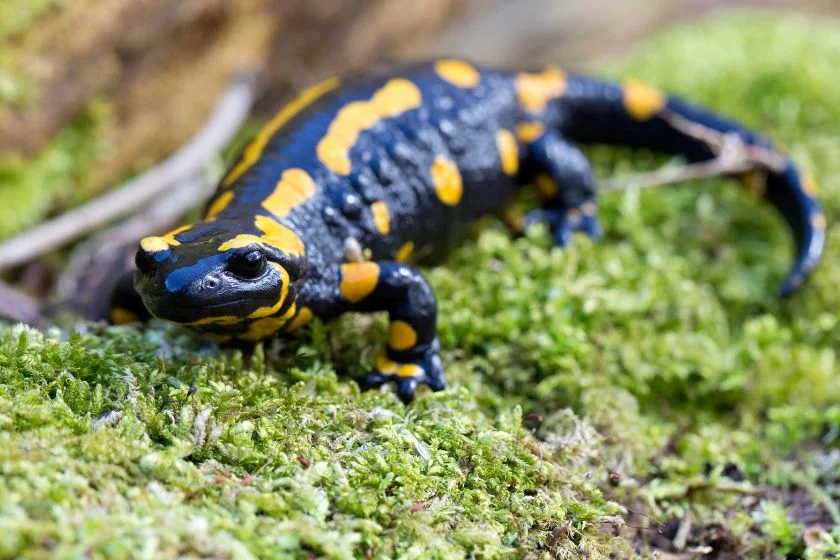
- Scientific name: Salamandra salamandra
- Classification: Amphibian
- Habitat: Brooks, ponds
- Diet: Carnivore
- Conservation status: Least Concern
Fire salamander can be found in Europe, and it is the most common salamander on the continent. The name comes from its very bright color.
The color brightness is termed “honest signaling“, a way of deterring predators.
In the wild, bright colors can be a sign of danger, and such is the case with the fire salamander.
The fire salamander has a poisonous skin, similar to many other amphibians.
You won’t be in danger if you have no contact with the fire salamander, but once it touches you (or you touch it) you’re at risk of poisoning.
The poison can cause convulsions, hyperventilating, and even hypertension. It is dangerous for humans.
2. Black Widow Spider
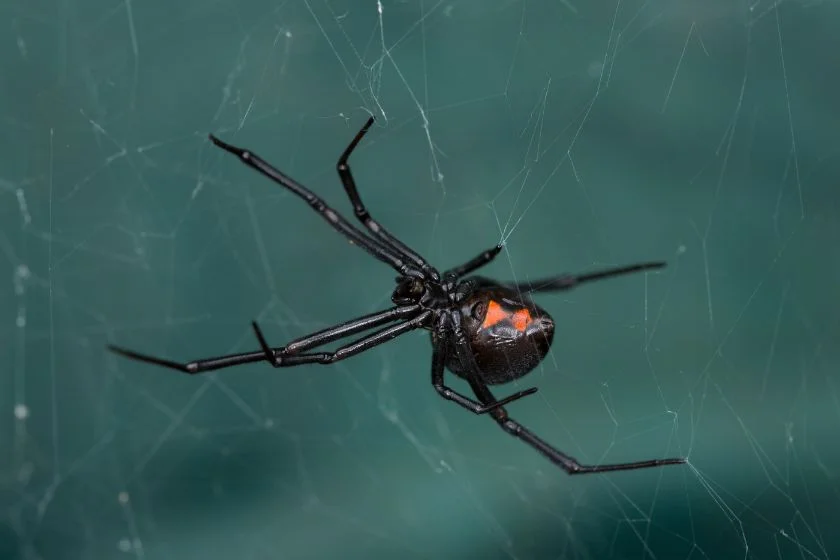
- Scientific name: Lactrodectus tredecimguttatus
- Classification: Arachnid
- Habitat: Crevices, woodpiles
- Diet: Carnivore
- Conservation status: Least Concern
The European black widow spider is one out of many black widow spider species in the world today.
As the name implies, this particular species is found in many European countries, which includes Germany. It is also known as the Mediterranean black widow.
Like all black widow spiders, the European black widow is venomous. Though death is rare, its bite is painful and requires immediate treatment.
The European black widow tends to avoid contact with humans, but this doesn’t change the fact that it is dangerous.
3. Asp Viper

- Scientific name: Vipera aspis
- Classification: Reptile
- Habitat: Scrublands, mountain meadows, glades
- Diet: Carnivore
- Conservation status: Least Concern
The asp viper lives in Europe, from Germany to other countries like Spain, France, Switzerland, and Italy.
It is also known as an aspic viper, asp, and the European viper. A common viper trait is the venom these snakes possess, and the asp viper is not an exception.
The asp viper’s bite is considered very painful, and it could be fatal if left untreated—though fatal cases are rare.
Symptoms include strong pain, edema, and discoloration. It can also lead to the death of cells, and even eye problems.
4. Yellow-bellied Toad
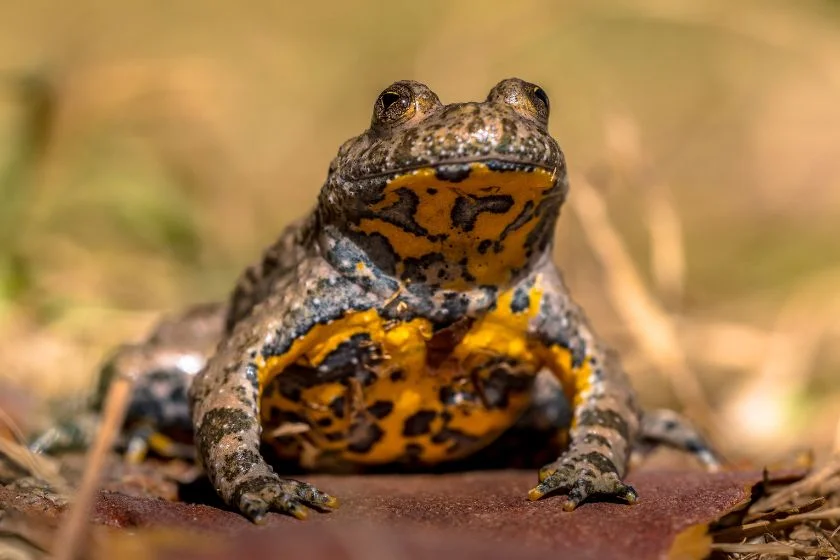
- Scientific name: Bombina Variegata
- Classification: Amphibian
- Habitat: Forests, grasslands, swamps
- Diet: Carnivore
- Conservation status: Least Concern
The yellow-bellied toad lives close to water areas, and you can find it these days around lakes, ponds, puddles, and ditches.
The yellow-bellied toad is so named because of the yellow belly color which differs from other parts of the body.
It belongs to the genus Bombina, a group of 6 small frog species called fire-bellied toads.
Similar to the fire salamander, the yellow-bellied toad secretes poison from the glands on its skin, and the yellow color serves as a warning to predators.
This poison can have a strong effect on humans, and though the poison doesn’t seem to be fatal, you shouldn’t get in contact with this toad.
5. Greater Weever
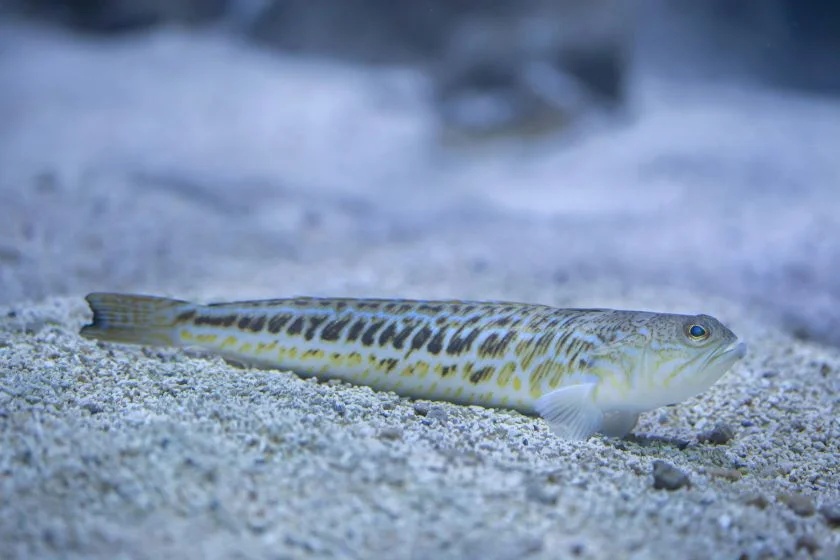
- Scientific name: Trachinus draco
- Classification: Fish
- Habitat: Atlantic coastline, Mediterranean, Black seas, Aegean sea
- Diet: Carnivore
- Conservation status: Least Concern
The greater weever is one of many weever species, and it is well known for its spines.
It is widely distributed from the Atlantic coastline to places like the Mediterranean sea, the Aegean sea, and the Black Sea.
It is classified as one of the most venomous fishes in the Mediterranean, and with the spikes, it isn’t hard to see why.
When it stings humans accidentally—usually when the human steps or falls on them. The venom is known to be highly painful, as many victims have shown.
Fishermen can get stung while handling the fish in the net, but it is the tourists swimming in the sea that is more at risk.
6. Wet Nurse Thorn Finger
- Scientific name: Cheiracanthium pungent
- Classification: Arachnid
- Habitat: Bushes
- Diet: Carnivore
- Conservation status: Not extinct
The wet nurse thorn finger is a tiny spider that reportedly came into Germany a few years back. Small though it is, the wet nurse’s thorn finger is very poisonous.
The poison stays on the claws of the spider, and the claws are shaped like thorns (which is where the name comes from). The bite is very painful, though it may not be fatal.
Female thorn finger spiders are considered more dangerous than males, but you don’t have to stick around to figure out which gender it is.
Avoid getting too close to any spider, and be well covered up when going into bushy areas.
7. Red Fox
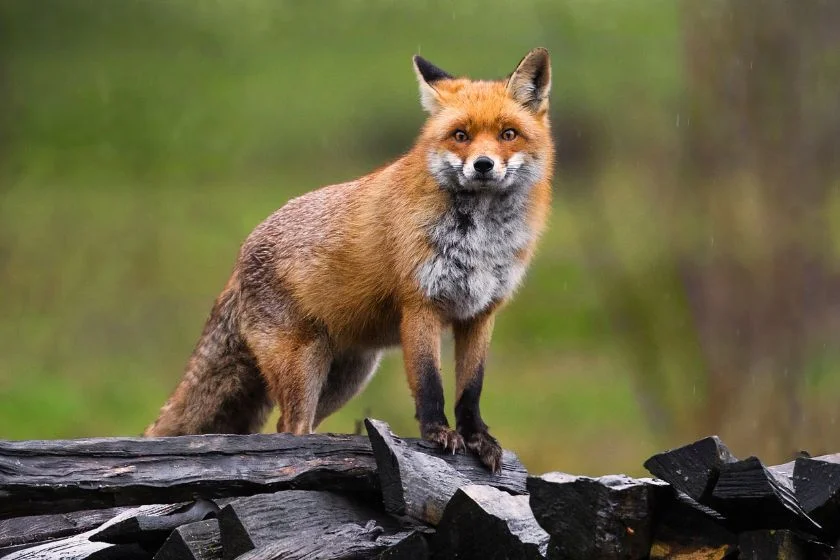
- Scientific name: Vulpes vulpes
- Classification: Reptile
- Habitat: Forest, grasslands, mountain
- Diet: Carnivore
- Conservation status: Least Concern
The red fox is the most widespread, and the largest true fox living today.
You can find the red fox in Europe, Asia, North America, and even North Africa. The red fox isn’t always dangerous, but its presence can be a risk to humans.
One reason why the red fox can be dangerous is rabies. A rabid fox is unstable and can attack a human at any point.
Foxes are also dangerous to kids and pets. Thus, while the instinct of these wild dogs is to flee from humans, you still need to be careful.
8. Common European Adder
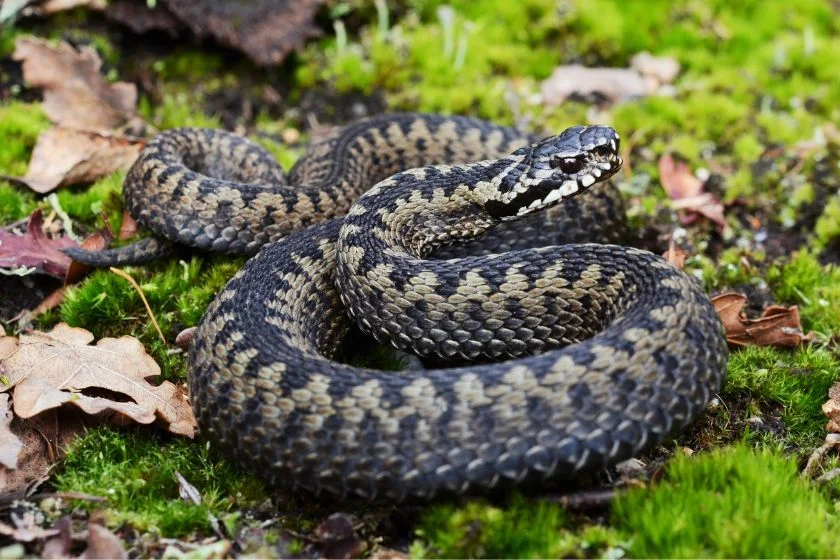
- Scientific name: Vipera berus
- Classification: Reptile
- Habitat: Hillsides, moors, bushy slopes, meadows
- Diet: Carnivore
- Conservation status: Least Concern
The common European adder is also known as the common European viper, and its range is wide. It can be found in Europe and extends to Asia.
There are many folklores about the common European adder, but one thing for sure is that this snake is venomous.
The adder’s bite is rarely fatal, but it has its effects. Also, bites from this snake have gotten more frequent across its range, and even other animals are victims.
It isn’t aggressive, however, and won’t bite unless provoked.
9. Castor Bean Tick

- Scientific name: Ixodes ricinus
- Classification: Arachnid
- Habitat: Woodlands, forests, heaths
- Diet: Sanguivore
- Conservation status: Common
The castor bean tick is a hard-bodied tick species that can mainly be found on the European continent.
It is a small insect—not up to 1 inch long—and may not pose the same threats as other animals we’ve seen so far. However, smaller animals can be problematic.
Besides being a parasite that sucks blood, the castor bean tick is also a carrier of bacteria. It can cause Lyme disease and tick-borne encephalitis.
These diseases are not fatal, but will still require treatment.
10. Wild Boar
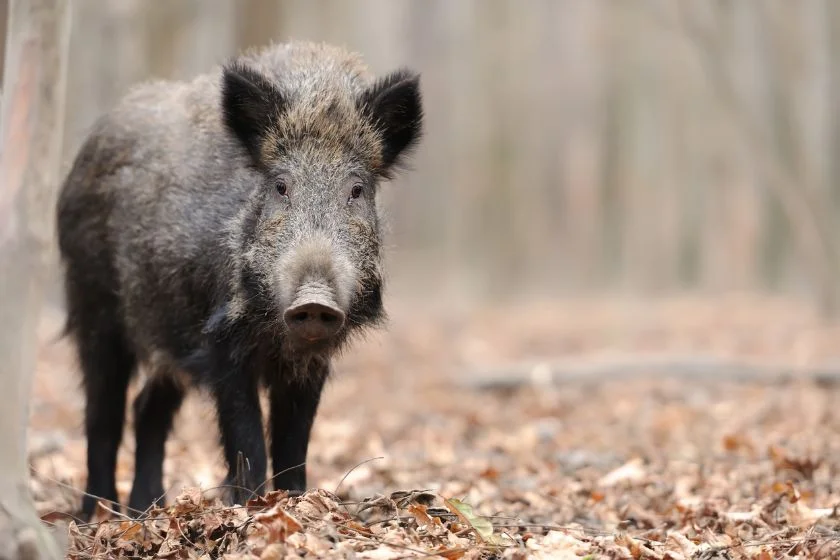
- Scientific name: Sus scrofa
- Classification: Mammal
- Habitat: Tropical jungles, grasslands
- Diet: Carnivore
- Conservation status: Least Concern
Though the final animal on our list, the wild boar is by no means the least dangerous. On the contrary, we regard it as one of the most dangerous animals you’ll meet in Germany.
It is considered a native of Southeast Asia but has since spread from there to many other regions.
Also known as the wild swine, common wild pig, Eurasian wild pig, or just wild pig.
While the number of attacks on humans is not as high as people might think, the attacks are always serious.
The enmity between wild boars and humans didn’t start in our century. Boars started attacking humans in ancient times.
Germany Wildlife Safety Tips
If you want to explore the forest areas of Germany and view the wildlife, there’s a lot you should know besides staying away from snakes.
Germany has some different forest laws, to begin with, and if you know how things work, you can avoid trouble.
The German forests are leased by that government to farmers, loggers, and hunters.
The trail through the forest is used by these three groups, and you shouldn’t drive there unless it’s an emergency.
Also, keep your pets and kids close to you when hiking or exploring, and avoid going to the forest during hunting season which occurs in the wintertime.
Some other tips are:
- Do not startle an animal or make it uncomfortable by being too close.
- If you’re camping in the woods, do not eat close to where you’ll sleep. Also, lock up all foodstuff, garbages, and any other object that can bring up food scent.
- Do not touch or chase an animal.
- Rather than drawing too close, use binoculars to view the animals.
- Keep pets on leashes, especially dogs.
- We recommend not posting pictures of the animals on your social media so it won’t a large crowd.
- Do not feed any animal.
Frequently Asked Questions
What animal is Germany known for?
The most famous animal known in Germany is a polar bear named Knut, but Germany is most known for its national animal the eagle.
The eagle has been symbolic in Germany for a long time.
What is Germany’s most dangerous animal?
There are many dangerous animals in Germany, both poisonous and plain predators.
It is hard to say which is the most dangerous, but our top pick would be the wild boar due to the intensity of its attack.
Does Germany have any poisonous snakes?
Germany has some poisonous snake species, though none of these snakes are aggressive.
You just have to avoid stepping on them. The snakes include the adder and the asp viper.
Does Germany have any predators?
Germany has some predators, though many have gone extinct. The gray wolf is an example of an extinct predator.
Surviving ones include the snakes, the red fox, and the wild boar.
Final Thoughts
Visiting a European country is fun, and even more when you get to explore the outdoors and the wildlife.
But beware of the deadliest animals in Germany mentioned on this list and a couple of others that we may not have added.
As a general rule, respect the space of any animal you meet, and be careful of smaller ones like spiders and ticks.
Next Up…
Discover the most dangerous animals in Europe:
